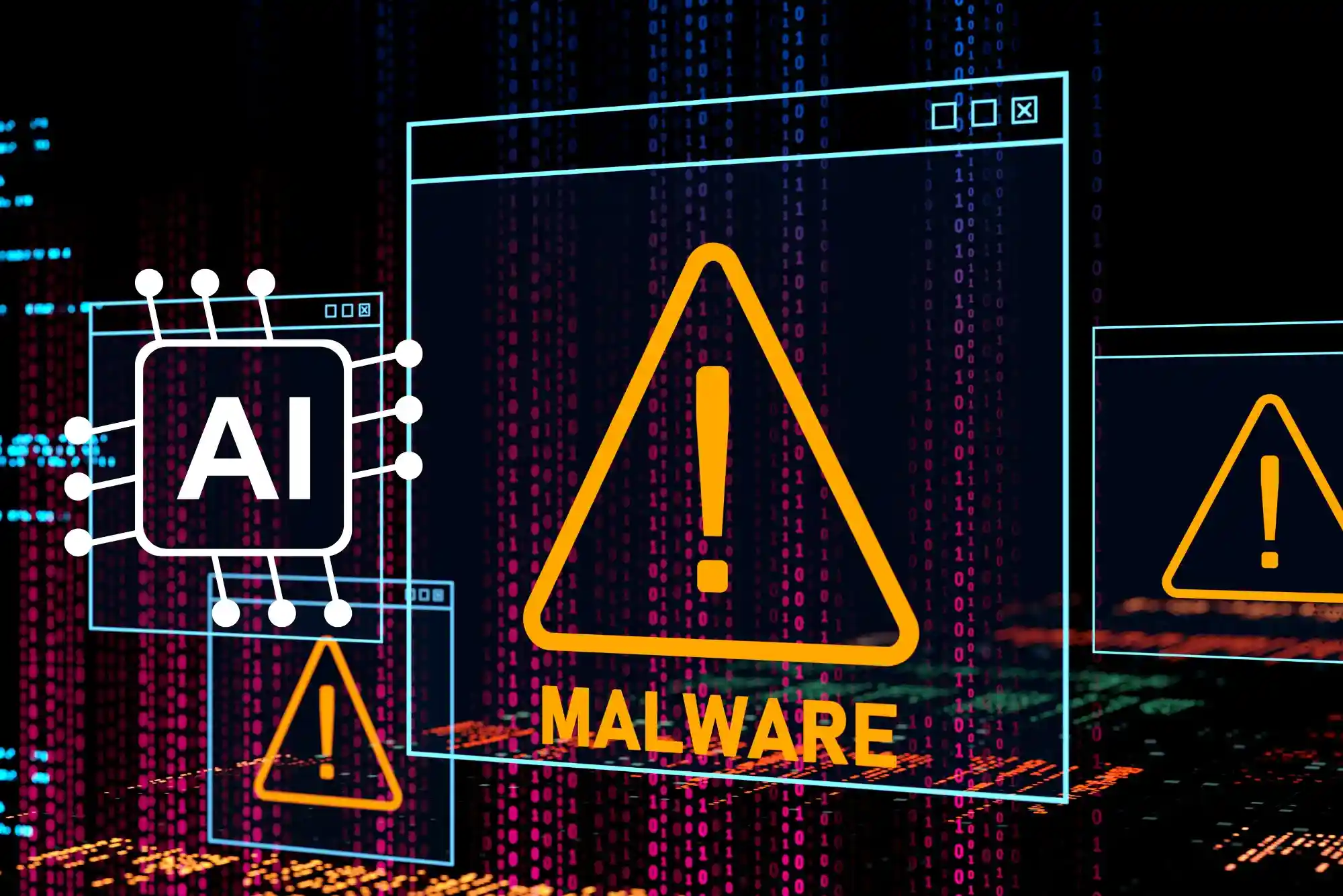The Evolution of AI-Powered Attacks
Traditional cybercriminals operated with limited resources and technical expertise. But what makes today’s threat environment particularly dangerous is the integration of AI into these attacks. It has created multiple challenges since AI-driven attacks have become more sophisticated and harder to detect. Current statistics reveal the severity of these threats. Phishing is responsible for 41% of all cyber incidents, making it one of the most prevalent attack types. In 2024, around 6.2 billion malware infections were reported globally, with a significant portion attributed to AI-generated malware and phishing campaigns.
In addition to a huge number of attacks, the financial consequences are also significant. The FBI’s Internet Crime Complaint Center (IC3) reported $2.77 billion in losses due to Business Email Compromise (BEC) in 2024 alone. Meanwhile, the global average security breach cost amounted to $4.9 million in 2024, which is a 10% increase compared to the previous year.
The Evolution of AI-Powered Attacks
AI has given attackers powerful tools, making it easier to launch large-scale, convincing, and personalized phishing campaigns. Typically, we can identify key steps in creating an AI-driven phishing attack. First, it begins with extensive data analysis, which, in hindsight, is not that difficult with an AI agent. Next, armed with well-analyzed and processed data, threat actors proceed to launch sophisticated and targeted mailing campaigns. Then, using this data, they can generate and send large volumes of AI-based content through those campaigns. Finally, scaling these efforts is simpler than ever thanks to AI. To override spam detection, attackers can slightly modify the content of their campaigns using AI; therefore, detectors view them as new ones and do not flag them as spam.
AI has also driven a rise in voice-based attacks. With access to AI-generated voice synthesis and social engineering, attackers may place phone calls that sound nearly identical to the ones from your trusted colleagues or partners, also making them much harder to detect.
How Has AI Changed Malware?
AI is changing the malware game, forcing defenders to rethink old strategies. Attackers are using public models and automation tools to generate malware that is unique to every campaign, making signature-based detection nearly obsolete.
Modern AI-powered malware is sophisticated, trained to be adaptive in different cases, which was quite impossible before. This poses a significant threat as such adaptivity and flexibility will allow malware to bypass existing cybersecurity measures. Therefore, unlike traditional malware with static attack patterns, these AI threats will learn from their “encounters” with defense systems, meaning they will evolve and improve their tactics.
Autonomous malware that adapts based on host response represents another serious threat in the cyberworld. These programs can analyze their environment, identify security measures, and modify their behavior, therefore making them incredibly difficult to detect and neutralize. For example, the Cornell researchers’ creation of the Morris II worm demonstrates how AI can create self-propagating threats that learn and adapt as they spread through networks, potentially causing unprecedented damage.
What about Cyber Defense?
On the other hand, the same AI technology that fuels these attacks also provides our best solutions for defense. Specialists believe GenAI will advance adversarial capabilities such as phishing, malware, and deep fakes. Even as GenAI creates new risks, it also allows organizations to benefit from its capabilities to modify security measures at the operational level.
AI-powered cybersecurity solutions offer several advantages. AI systems will become increasingly important for detecting potential breaches, identifying anomalies, and automating cybersecurity measures to address threats before they cause significant damage. These systems process vast volumes of data in real-time and identify patterns and anomalies that would be impossible for human analysts to detect. This technology generates realistic traps, detects phishing attempts, and accelerates bug fixing and software updates, providing stronger defenses against these attacks.
How to Build Effective Defenses
To build an effective cybersecurity strategy, organizations must switch from what is considered a traditional approach. It mainly relies on known attack signatures and patterns, which are insufficient against threats that, as mentioned earlier, continuously evolve and adapt.
Organizations must implement AI-powered defense systems that are on the same level, if not higher than modern attacks. These systems utilize machine learning algorithms to identify typical behaviors for users and systems, which allow them to detect even the slightest deviations that indicate compromise.
Multi-layered defense strategies become crucial when facing these new types of threats. Today, there is no single security measure that provides complete protection against AI-powered attacks. Instead, organizations focus on combining AI-driven threat detection, behavioral analysis, user education, and quick response, in cases, if something still went wrong.
And let’s not forget about the role of a human agent in all of this. Although AI detects and responds to the attack, providing security training is a must if a business seeks to address this new reality of convincing, personalized attacks. Employees need to understand that the emails, phone calls, and messages they receive may be AI-generated and designed specifically to exploit their individual vulnerabilities.
Bottomline
The cybersecurity landscape is evolving as both attackers and defenders make more use of AI. Advanced AI tools can now not only guide attacks but also carry out operations that used to require entire teams, making it harder to defend against threats.
The key to staying ahead is investing in AI-powered defenses while staying flexible and open to the new. Success depends on combining the right technology with skilled people and a commitment to continuous learning, improvement, and adjustment as new threats appear.
To learn more about how to protect your business from growing cyberthreats, contact Agiliway experts and schedule a call.

